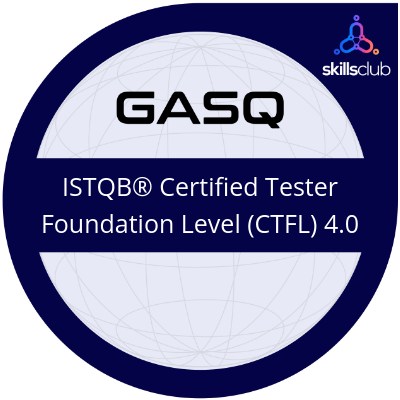Jérémy Martin
Je suis
Passionné par l’ingénierie des données et l’assurance qualité, je suis Data Engineer & Data QA Expert, je me spécialise dans la création de pipelines de données robustes.
Mon objectif est d’assurer l’intégrité et la performance de vos données, tout en minimisant les risques liés à la qualité des processus.
Je suis déterminé à vous fournir des solutions fiables et de haute qualité en mettant à profit mes compétences.
Ensemble, transformons vos défis en opportunités grâce à des solutions à forte valeur ajoutée.
Experience
Projet : Solution middleware sthemE
Contexte : BYG INFORMATIQUE commercialise des solutions middlewares destinés aux laboratoires de biologies médicaux. Le développement de sthemE a pour objectifs de centraliser les données des différents instruments de laboratoires, de les rendres accessibles aux techniciens et de les retourners au système d'information du laboratoire. Le projet sthemE a la particularité de s'inscrire dans les cadres des partenariats industriels de l'entreprise.
Missions:
- Automatisation des tests avec Ranorex
- Tests et vérification fonctionnelle/non fonctionnelle
- Développement d'un outil CLI de génération de trames ASTM
- Audit de l'infrastructure et sensibilisation à la Data Governance
- Développement d'outils internes (analyses de tickets, BIs, reportings...)
Environnement Technique : .Net CORE, Angular, MariaDB, SQL, TFS, Python
Equipe : 3 développeurs (front, back, full-stack), 1 testeur, 1 Product owner, 1 chef de projet
Lien : BYG4LAB
Projet : Tierce Recette Applicative de la Nouvelle Application Métier (NAMe).
Contexte : L'EPIDE (Établissement pour l'insertion dans l'emploi) accompagne les jeunes de 18 à 25 ans sans diplôme ni emploi vers une insertion durable dans la société et le monde du travail, grâce à un cadre combinant formation, citoyenneté et sport. NAMe est l'outil de travail des agents qui centralise et facilite la gestion des démarches administratives, le suivi des jeunes et la coordination des interventions.
Missions:
- Etudier les spécification fonctionnelles.
- Rédiger les cas de tests et définir les plans de tests.
- Réalisation des campagnes de vérifications et de non régression.
- Mise en place et maintient du catalogue de 115 tests automatisés (Click&Record).
Environnement Technique : Simplicité, Mabl, Jira, XRay.
Equipe : 1 test manageur, 1 consultant AMOA, 2 testeurs fonctionnels.
Lien : EPIDE
Projet : Tierce Recette Applicative du site web des Bibliothèques Municipales.
Contexte : La métropôle de Nantes compte 8 Bibliothèques et 2 médiathèques. Dans le cadre de sa digitalisation, la ville a fait appel à un prestataire externe pour concevoir et réaliser un site web basé sur la technologie WordPress. La société Alliance4U a obtenue le marché de TRA pour assurer la vérification et la conformité avec les spécification fonctionnelles et le Plan d'Assurance Qualité de Nantes Métropôle.
Missions:
- Etudier les spécification fonctionnelles et le plan d'assurance qualité.
- Rédiger le cahier de recette et les cas de tests (Fonctionnel, API, Intégreation).
- Définir et mettre en place les jeux de données pour la bonne exécution des plan de tests.
- Réaliser les campagnes de vérifications, le repporting et mise en place des livrables pour le client.
Environnement Technique : Jira XRay, Squash, WordPress.
Equipe : 1 testeur fonctionnel.
Lien : Nantes Ma Bibliothèque
Projet : C-SIL, le Système d'Information de Laboratoire de recherche collaboratif.
Contexte : Le LAB A4U, incubateur interne, soutient les projets des collaborateurs. C-SIL (socle applicatif) et STEM (module analytique), issus de cet incubateur, standardisent le traitement des données transcriptomiques tout en remettant le biologiste au coeur du processus et en réduisant les délais de traitement par les plateformes techniques. Après un POC réussi, nous avons souhaité co-construire la solution dans le cadre d'un partenariat académique.
Mission :
- Présenter l'idée au sein du LAB.
- Concevoir un POC fonctionnel du module STEM.
- Définir le modèle de financement de la conception jusqu'à N+2.
- Présenter le projet aux grands acteurs locaux de la recherche académique.
- Identifier les axes de collaborations possible pour co-construire la solution en partenariat avec un acteur académique (CNRS, INSERM, INRAE...)
Environnement Technique : Python, Flask, Docker, MongoDB, VueJS.
Equipe : 1 Expert UI/UX, 1 Dev Front, 1 Dev Back.
Projet : Ingénieur au sein de l'Immception Lab (N. Gaudenzio).
Contexte : L'équipe du Dr Nicolas Gaudenzio travaille sur la régulation neuronale de la réponse immunitaire. Dans ce cadre, elle mène de nombreux travaux de recherche à la frontière entre neurosciences et immunologie. Ces recherches utilisent les dernières technologies de séquençage à haut débit (RNA-seq, scRNA-seq, proteomiques etc...) et génèrent une grande quantité de données à traiter de bout en bout.
Missions :
- Mettre en place un pipeline de traitement pour automatiser le prétraitement de +2 To de données de séquençage.
- Concevoir une base de données SQLite avec 150 interactions moléculaires d'intérêt pour le laboratoire.
- Développer une WebApp RShiny pour faciliter la prise en main des données par les biologistes.
- Contribuer au rayonnement scientifique :
- 5 publications scientifiques, dont 2 collaborations internationales.
- 2 invitations en tant que speaker aux journées scientifiques régionales de GenoToul.
- Encadrer des étudiants de Master 1 (projet tutoré) et de Master 2 (stage de fin d'études) du Master Bioinformatique de Toulouse.
Environnement Technique : HPC SLURM, Bash / Linux, R, RShiny, Python, Streamlit, MariaDB, SQL, Git.
Equipe : 1 DR, 1 CRCN, 3 Post Doc, 3 Doctorantes.
Liens : INFINITY - Equipe 3 - Gaudenzio Lab
Projets

Site personnel pour me présenter, mon parcours et mon activités.

Module d'analyse de donnée scRNA seq.
- Outils: Python, Flask, VueJS, MongoDB, Git, Bitbucket, Docker.
- Gestion des différents projets experimentaux.
- Algorithme de pré-traitement des données paramétrable.
- Mise en place d'un onglet de visualisation de features.
- Formulaire d'identification des clusters basés sur les niveaux d'expressions de marqueurs clefs.
Réalisations Académiques

Nous avons mis au point des modules cutanés humains biostabilisés qui restent immunocompétents pendant plus de 10 jours, permettant l'étude des réponses immunitaires aux vaccins à ARNm. Dans cette études, nous montrons via l'analyse de séquençage ARN à cellule unique que le vaccin ARNm-1273 contre la COVID-19 cible les DC, les macrophages et les mastocytes, induisant la maturation des CPA et leur migration.
- Auteurs: Manon S. Mathias P., Emilie B. Jérémy M. et al.
- Journal: Allergy
- Date: 19 Août 2024
- DOI: 10.1111/all.16273

La réaction inflammatoire active la protéine STING dans les nocicepteurs, déclenchant une réponse IFN-β qui résout la douleur en réduisant l'excitabilité via la régulation de KChIP1-Kv4.3. Cela met en évidence le rôle clé de STING et des gènes régulés par l'IFN dans la résolution de la douleur inflammatoire.
- Auteurs: Manon D., Amayaouch B., Nasser S. A. et al.
- Journal: The Journal of Clinical Investigation
- Date: 1 Mai 2024
- DOI: 10.1172/JCI176474
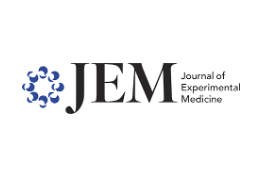
Nous avons réalisé une analyse pan-organique des mastocytes (MCs) chez la souris et l'humain, révélant des sous-types distincts avec des signatures transcriptomiques spécifiques et des origines développementales. Cette étude met en lumière la diversité naturelle des MCs dans les tissus et leurs fonctions uniques dans l'homéostasie et la pathologie.
- Auteurs: Marie T., Lilian B., Jérémy M. et al.
- Journal: Journal of Experimental Medicine
- Date: 18 Juillet 2023
- DOI: 10.1084/jem.20230570

Mantis est un pipeline analytique flexible pour le phénotypage immunitaire de la peau. Grâce a Mantis, nous pouvons identifier des caractéristiques immunitaires communes et des structures immunitaires spécifiques à certaines maladies dans les lésions cutanées de conditions comme le lupus, la COVID-19 ou le syndrome de Kawasaki.
- Auteurs: Manon S., Raissa H., Jérémy M., Nadine S. et al.
- Journal: Science Advances
- Date: 7 Juin 2023
- DOI: 10.1126/sciadv.adf9491

Invité à présenter les résultats de notre étude transcriptomique pan-organe des mastocytes (MCs) chez la souris et l'humain. Nous avons identifié des sous-types distincts de MCs avec des signatures transcriptomiques spécifiques et des origines développementales, permettant de mieux comprendre leurs fonctions et leurs empreintes tissulaires.
- Conférence: GenoToul / INRAe : Journée de rencontre Bioinformatique et Biostatistique
- Date: 1 Decembre 2022
- Lien: Rencontre Bioinfo / Biostat 2022

Invité à présenter l'impact de l'hétérogénéité des données de séquençage ARN monocellulaire (scRNA-seq) dans un pipeline d'analyse classique. Ma présentation a mis en évidence l'importance de prendre en compte cette hétérogénéité, en s'appuyant sur trois ensembles de données distincts générés par notre équipe pour illustrer mes propos.
- Conférence: Journée Scientifique Genotoul : Cellule Unique
- Date: 11 Juillet 2022
- Lien: Journée Scientifique 2022

ALKAL2 active le récepteur ALK dans les neurones sensoriels, augmentant la sensibilité à la douleur en cas d'inflammation ou de blessure. Bloquer ALK avec des médicaments anticancéreux comme le crizotinib ou le lorlatinib réduit la douleur, suggérant que ces médicaments pourraient traiter les conditions de douleur chronique.
- Auteurs: Manon D., Micrea C. I., Vinicius M. G. and al.
- Journal: The Journal of Clinical Investigation
- Date: 24 Mai 2022
- DOI: 10.1172/JCI154317
Compétences
Languages
 Python
Python
 HTML5
HTML5
 CSS3
CSS3
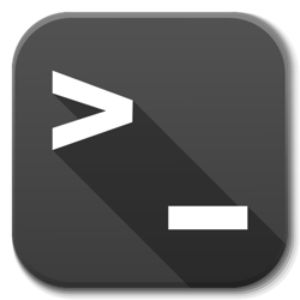 Shell Scripting
Shell Scripting
 R
R
Manipulation des données
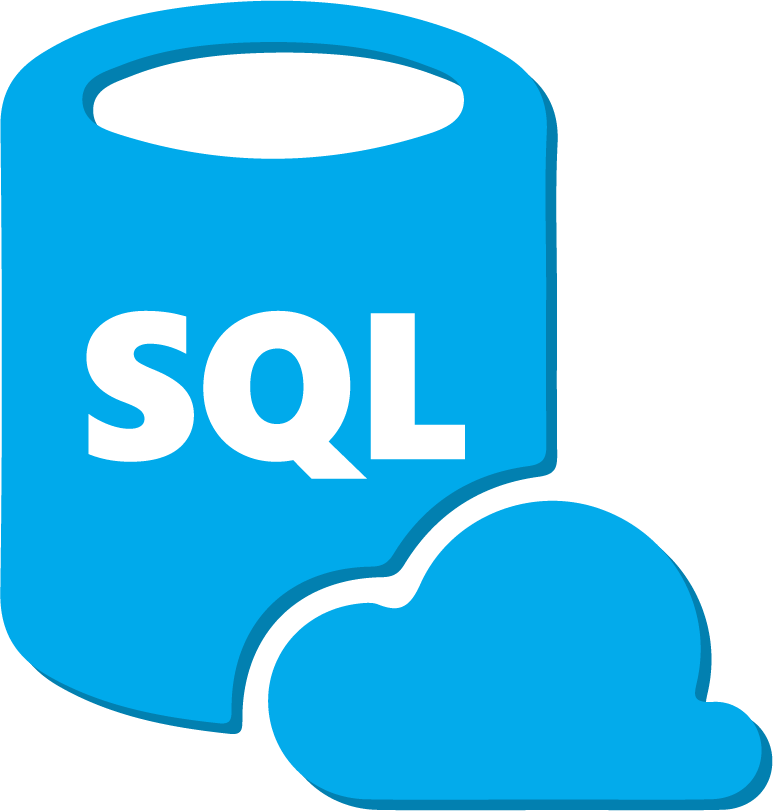 SQL
SQL
 DuckDB
DuckDB
 Pandas
Pandas
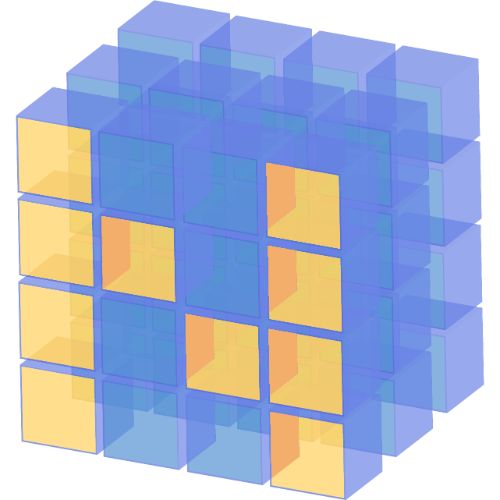 Numpy
Numpy
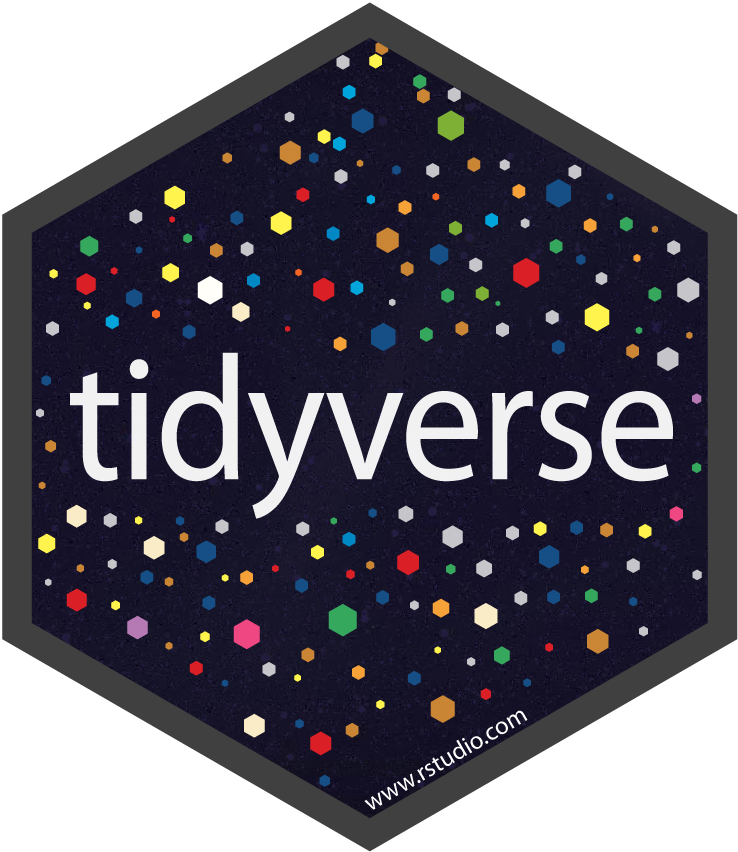 Tidyverse
Tidyverse
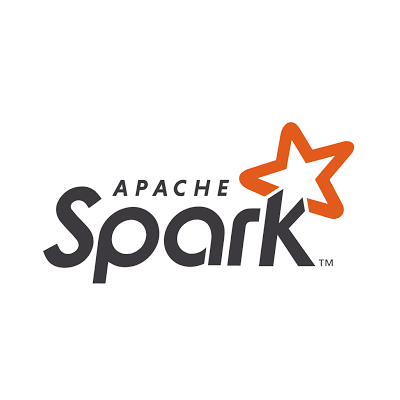 Spark
Spark
Machine learning
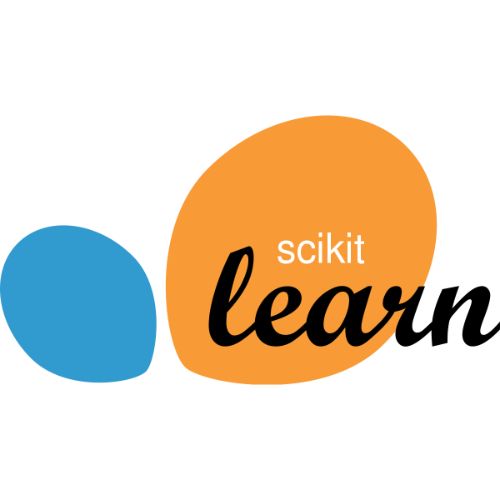 Sklearn (Python)
Sklearn (Python)
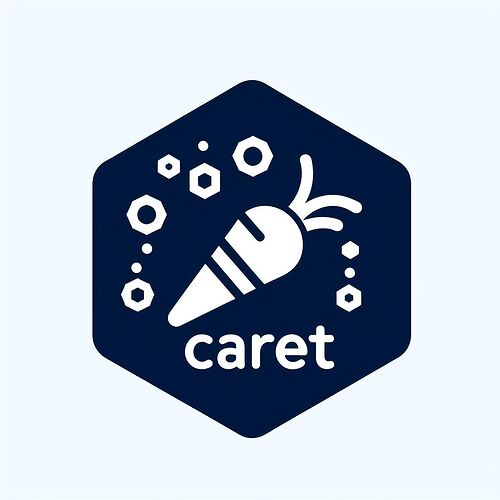 Caret (R)
Caret (R)
 Keras (Python/R)
Keras (Python/R)
Cloud
 Render
Render
 Github Pages
Github Pages
Visualisation des données
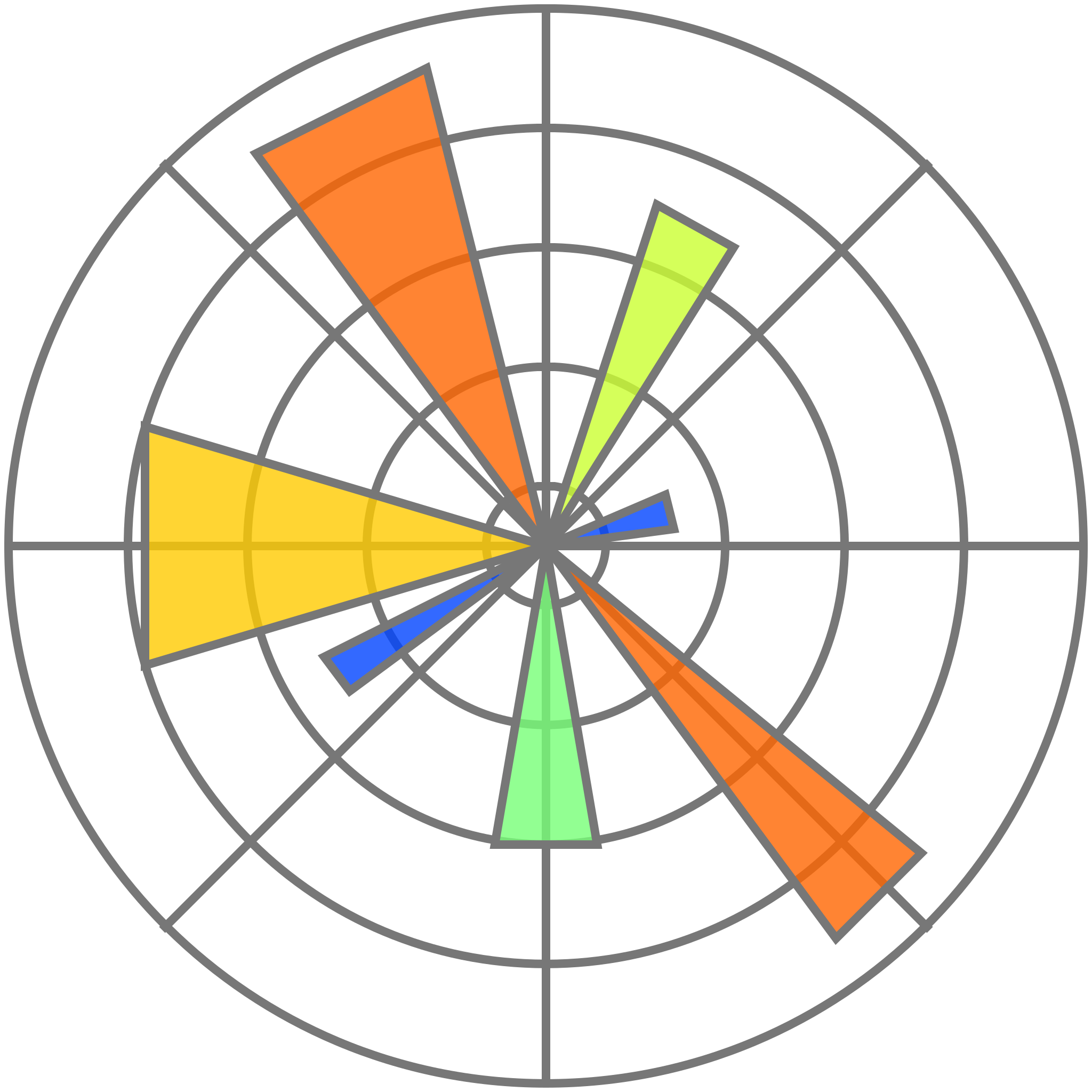 Matplotlib
Matplotlib
 Seaborn
Seaborn
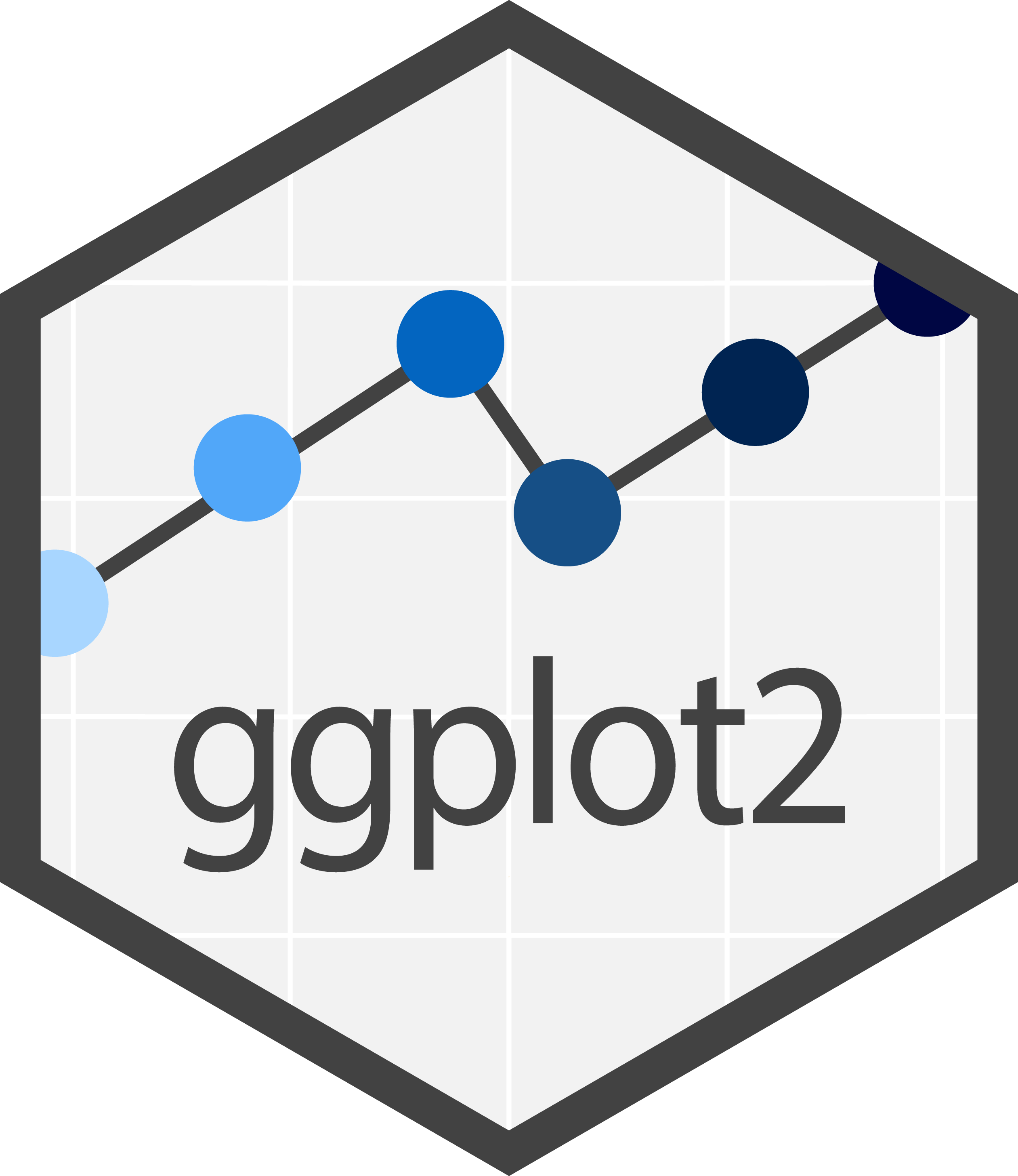 ggplot2
ggplot2
 Plotly
Plotly
Tests
 Pytest
Pytest
 mabl
mabl
API
 FastAPI
FastAPI
Prototype web
 Flask
Flask
 Streamlit
Streamlit
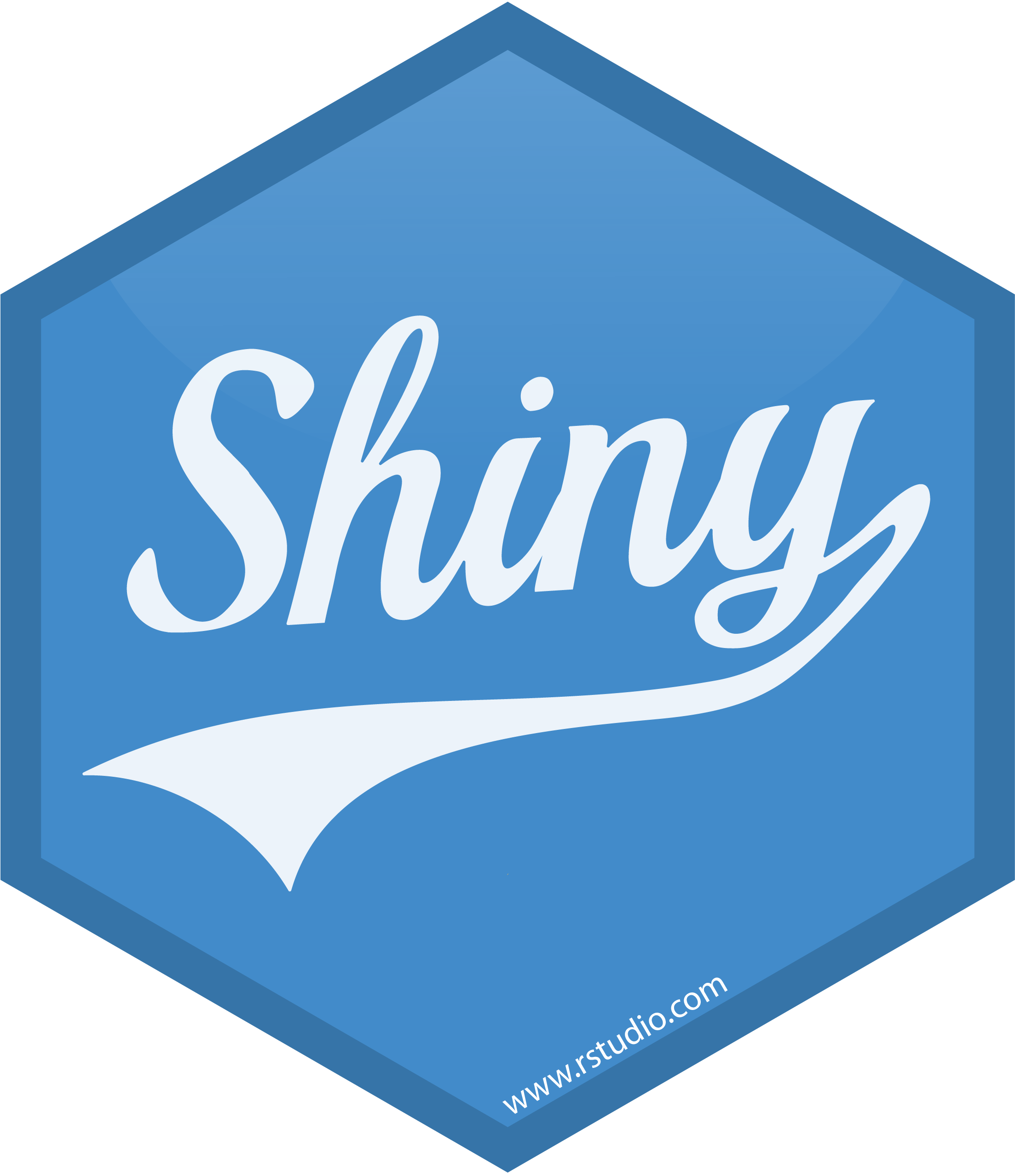 Rshiny
Rshiny
Orchestrateur
 AirFlow
AirFlow
 AirFlow
AirFlow
Gestion du code
 Github
Github
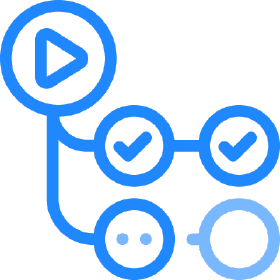 Github action
Github action
Formation
Résumé : Une formation dédiés aux Data Analyst et Data Scientist désireux de s'orienter dans le Data Engineering.
Description : Benjamin Dubreux est freelance dans la data depuis bientôt 10 ans. Il a vu le paysage de la data évolué et a identifié le socle technique indispensable pour pouvoir performer dans ces métiers.
Modules :
- Bash et Linux
- SQL et SQL Avancés (CTE, Window Function, Joins,...)
- Python Pro (FastAPI, Streamlit)
- Data Engineering (Airflow, Spark)
Lien : Formation Data
Résumé : La bioinformatique est un domaine interdisciplinaire qui combine des outils informatiques et des techniques d'ingénierie logicielle pour stocker, analyser et modéliser de vastes ensembles de données biologiques.
Description : Ce master forme des experts capables d'utiliser des techniques informatiques avancées et des approches d'ingénierie logicielle pour analyser et modéliser de grandes quantités de données biologiques, tout en se spécialisant dans des domaines tels que la santé, les biotechnologies, et l'agronomie.
Cours significatif :
- Algorithmique
- Théorie des Graphes
- Programmation pour la biologie (Python)
- Introduction à Java
- Bases de données relationnelles (SQL)
- Base de données avancées (PL/SQL, Trigger, ...)
- Fouille de données
- Introduction à l'apprentissage automatique (ML/DL)
- Biostatistiques
- Mathématiques appliquées
- Analyse multivariées et modélisation statistiques
- Bioinformatique des séquences
- Bioinformatique post-génomique (sequençage next-Gen)
- Biologie des systèmes
Liens : Master BBS - UT3
Contact
Vous pouvez me contacter via ce formulaire, je vous répondrais dans les plus brefs délais.

